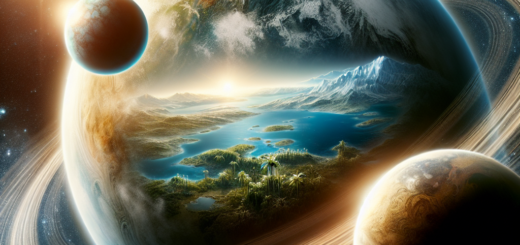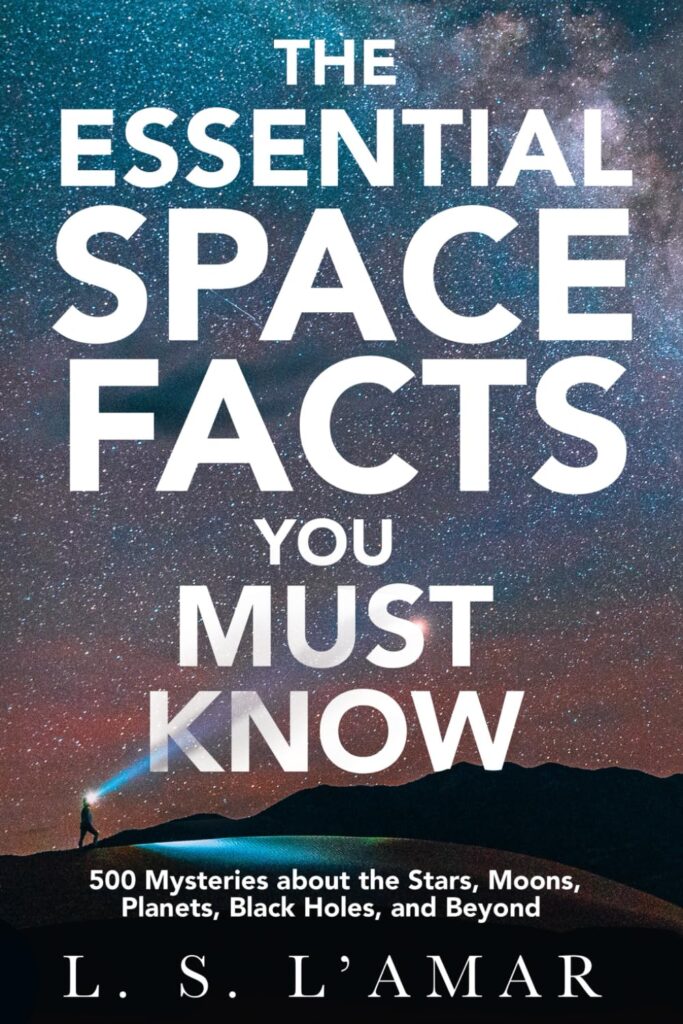The Habitable Zone and the Search for Other Earth-like Planets
One of the most intriguing questions in the field of astronomy is whether we are alone in the universe. The search for other Earth-like planets, or exoplanets as they are commonly known, is a key part of this quest. Scientists believe that finding a planet with conditions similar to Earth could greatly increase the chances of finding extraterrestrial life.
In our search for other habitable planets, scientists have identified a concept known as the Habitable Zone. This is the region around a star where conditions are just right for liquid water to exist on the surface of a planet. Liquid water is considered essential for life as we know it, so the Habitable Zone is seen as a key factor in determining whether a planet could potentially support life.
The Habitable Zone is not a fixed distance from a star, but rather varies depending on the size and temperature of the star. Planets closer to the star will have a smaller Habitable Zone, while planets further away will have a larger one. Scientists use a variety of techniques to determine the boundaries of the Habitable Zone for different types of stars.
One of the most exciting recent developments in the search for other Earth-like planets is the discovery of a number of exoplanets that fall within the Habitable Zone of their respective stars. These planets, known as exoplanets, have characteristics that make them potentially suitable for supporting life. Some of them are similar in size and composition to Earth, while others have the right temperature and atmospheric conditions to support liquid water.
One such planet is Proxima b, which orbits the star Proxima Centauri, the closest star to our own sun. Proxima b is located within the Habitable Zone of Proxima Centauri and has a similar size to Earth, making it a prime candidate for further study. Another potentially habitable exoplanet is TRAPPIST-1e, which is part of a system of seven Earth-sized planets orbiting the star TRAPPIST-1.
While the discovery of these Earth-like exoplanets is exciting, the search for other habitable planets is far from over. Scientists are constantly developing new technologies and techniques to improve their ability to detect and study exoplanets. Future missions, such as the James Webb Space Telescope and the proposed LUVOIR telescope, will provide valuable insights into the atmospheres and compositions of exoplanets, helping scientists to determine their potential habitability.
In conclusion, the search for other Earth-like planets is a key area of research in the field of astronomy. The concept of the Habitable Zone provides a framework for identifying planets that could potentially support life. Recent discoveries of exoplanets within the Habitable Zone are a promising sign that we may not be alone in the universe. With continued advancements in technology and research, scientists are hopeful that we will one day find another planet that is truly Earth-like.













